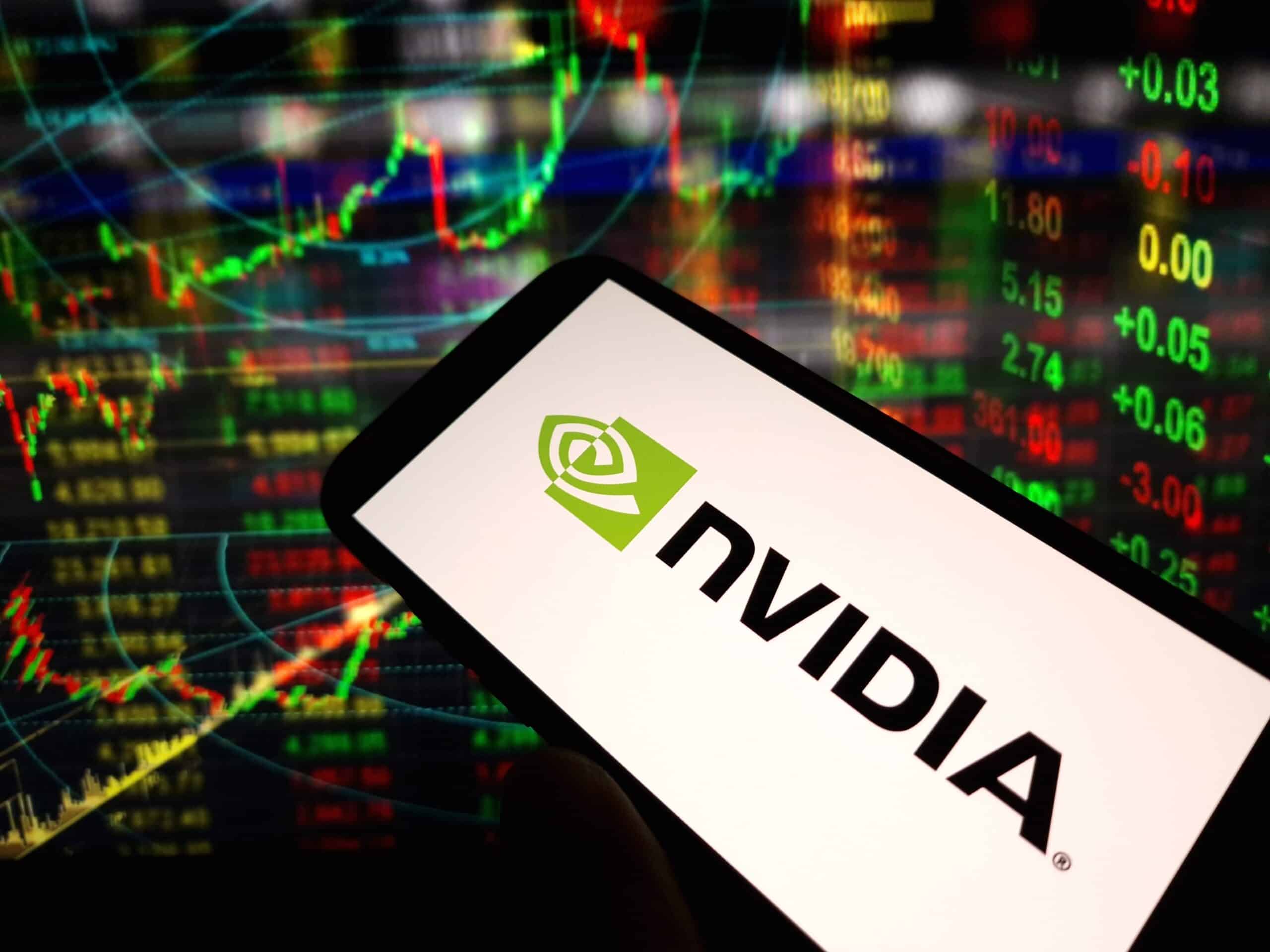
The semiconductor sector has more than rebounded from some volatility earlier this year, with the SOXX index making some solid gains to kick off November. This index is still roughly 15% off its all-time high, but it’s clear there’s strong risk appetite in this space, and investors are looking to add growth stocks to their portfolio after Donald Trump’s recent presidential win.
The growth these companies provide is unlike most sectors, and given the durable long-term demand trends that are expected to play out, this growth can continue for some time to come. Of course, the question surrounding most stocks in the semiconductor space is whether the growth rates these companies provide can accelerate further, and that’s a topic that’s up for debate. It’s also a discussion that really depends on the particular chip stock in question. That’s what makes picking particular winners in this space so appealing – there is opportunity for outsized gains for those who can get it right.
The following three semiconductor stocks are certainly among my top picks right now as buying opportunities in November. Let’s dive into why these companies made the list, and what investors may want to watch with these stocks in particular.
Key Points About This Article:
- The semiconductor sector is vast, with a great number of options available to investors, most of which provide market-beating growth rates.
- However, some are better than others, and these three companies remain my top picks in this sector in November.
- If you’re looking for some stocks with huge potential, make sure to grab a free copy of our brand-new “The Next NVIDIA” report. It features a software stock we’re confident has 10X potential.
Nvidia (NVDA)

Nvidia (NASDAQ:NVDA) should really be no surprise as the first pick on this list. I’ve been bullish on Nvidia for a long time, and that’s been the right directional call. Of course, things could always change in the market, and investors may one day reject the idea that paying 36-times sales for this company makes sense. From that valuation standpoint, the company’s current market capitalization looks ludicrous.
However, from a forward price-earnings perspective, Nvidia stock trading at 35-times earnings doesn’t seem overly expensive. And when an investor takes into consideration that Nvidia has seen year-over-year growth above 200% in most of its recent quarterly results, this is a company that one could argue has an incredibly low PEG ratio. It’s really a question of how you want to view this company.
It’s undeniable that Nvidia’s high-performance GPUs are what powers the AI revolution. Currently, the company holds 98% data center GPU share and over 80% share in AI chips. That’s incredible leadership’s nd this market leadership is expected to extend further with new products like the Grace CPU and AI networking solutions. The company’s upcoming Blackwell GPU, already sold out for a year, adds a strong near-term catalyst.
In my view, investors looking to play the AI mega trend certainly have a clear and decisive way to do so – Nvidia. It’s the picks and shovels artificial intelligence play for a reason, and until spending slows in this AI race, this is the chip stock to own.
ASML Holdings (ASML)

ASML Holdings (NASDAQ:ASML) specializes in providing state-of-the-art semiconductor equipment used by chip giants such as Nvidia. The company’s lithography machines print tightly packed transistors on chips, making it possible for many of the advancements we’ve seen in high performance chip making, which has ultimately led to the AI revolution. In other words, if Nvidia is the picks and shovels play on AI application growth, ASML could be the picks and shovels play for semiconductor stocks like Nvidia more broadly.
The company’s broad customer set includes other major chip makers like TSMC, which continue to see strong demand from clients ranging from data center operators to smartphone makers. Of course, the company’s recently-reported slower-than-expected backlog growth this past quarter has hurt the outlook for this stock, and ASML has been a relative underperformer since then. However, it’s my view that the long lag times with respect to the very expensive machines ASML produces could provide some buffer to these backlog numbers. An increase in backlog in the coming quarters could certainly more than make up for this past quarter, we’ll just have to see how those numbers roll in.
It’s my view that ASML remains among the more viable options for value-focused investors looking to buy the semiconductor space as a whole. This is a stock that provides strong long-term earnings growth upside potential, and is among the more stable options in this sector. I like that.
Advanced Micro Devices (AMD)

Advanced Micro Devices (NASDAQ:AMD) is a top Nvidia rival, producing high-performance chips aimed at a range of clientele with different end needs. The company’s recent Q3 revenue slightly exceeded estimates, though AMD did lower its Q4 guidance, which led to the stock dropping following this report. That said, in recent days, AMD has made up some of these losses, with investors who remain bullish on this stock pointing to AI data center GPU revenue guidance growth, with this segment expected to come in at $5 billion (revised higher from a previous $4.5 billion forecast).
In the grand scheme of things, that’s really not that material for the company, but it’s these incremental gains that really add up and compound over time. It’s my view that AMD could scoop up market share from Nvidia for high-performance chips, particularly if Nvidia’s upcoming Blackwell platform is truly sold out for a year. Thus, the question around AMD is really whether investors believe that corporations will work with slightly less powerful chips at a more affordable price tag, or if they’ll switch to AMD because they can get the chips faster. Either way, I think this company can gain ground over time – the pie is big enough, and it’s growing rapidly enough, to support two juggernauts at the top.
Thank you for reading! Have some feedback for us?
Contact the 24/7 Wall St. editorial team.





